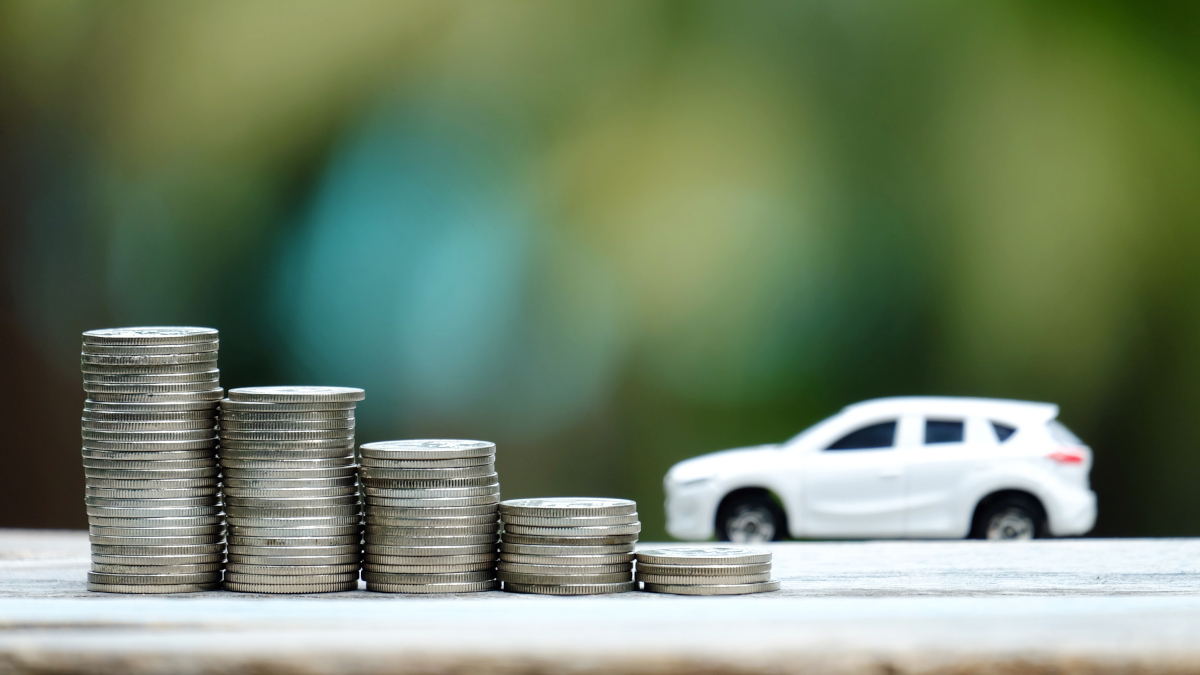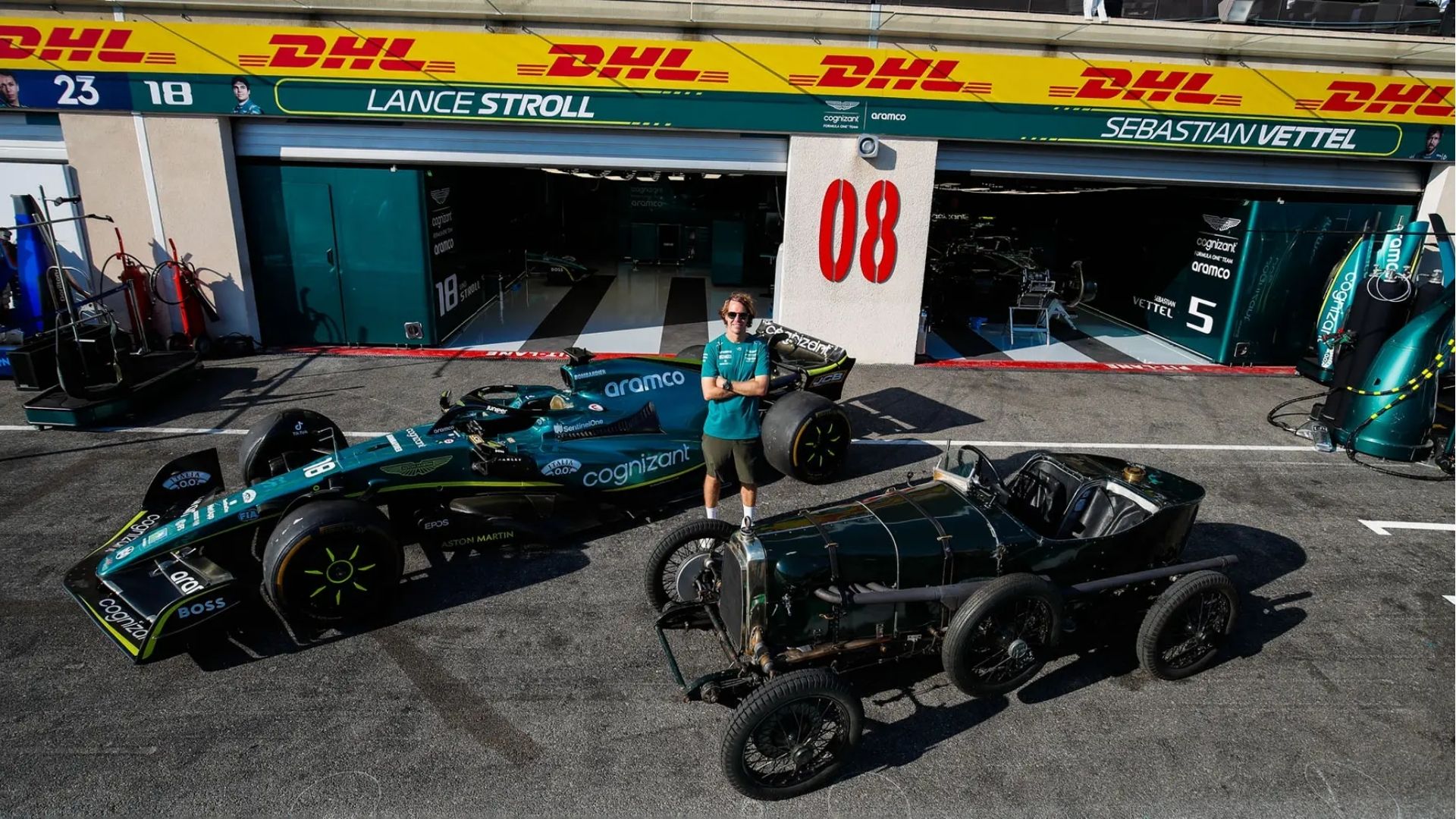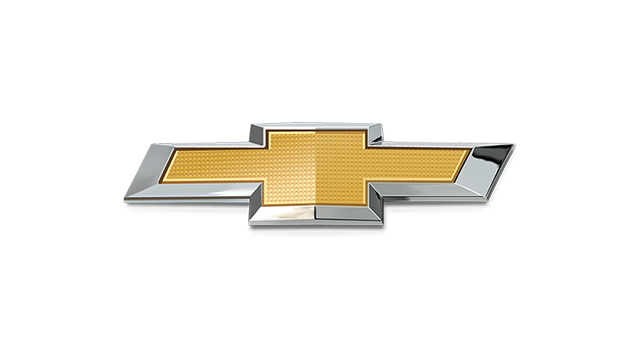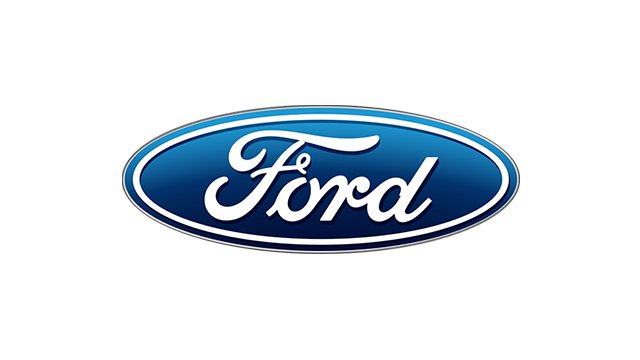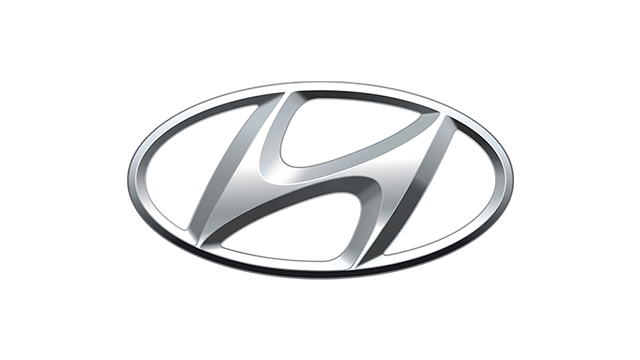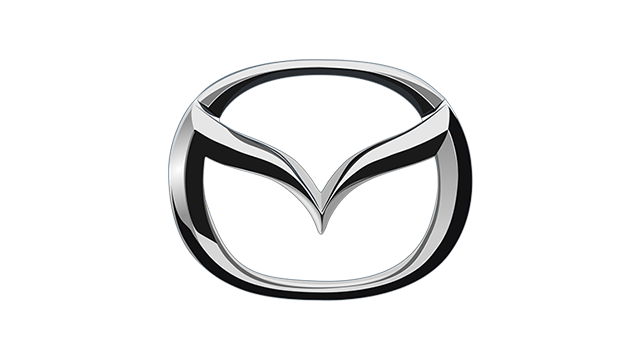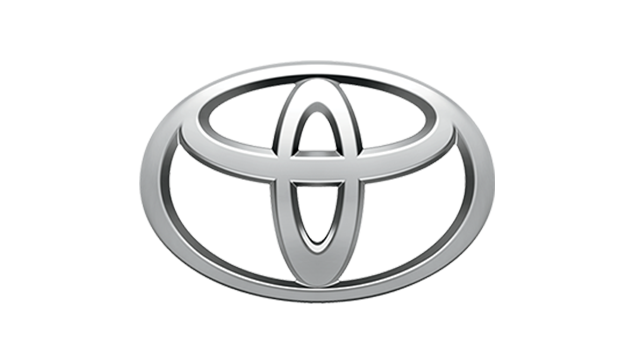We have all seen them in malls: Car brands offering absurdly low down payments and flexible terms for brand-new offerings. And sure, at a time when everything from fuel to eggs is reaching historically high prices, the offer of a discount is alluring.
But when it comes to car deals, you may want to step back and double-check those offers. “There’s always a catch,” financial advisor Efren Cruz cautioned. “So before buying a car, better come prepared.”
Below, we share some tips you should keep in mind once you decide to buy a brand new car so you don’t pay more than you should.
1) Preparation is key.
Even before you step foot inside a car dealership or start talking with a sales agent, assess what you really need in a car. “Buy the car that is suitable for your needs, not just for porma,” Cruz said. “Make sure [that on top of the monthly amortization], you can pay for gas, for the parking, for maintenance, and for insurance, which is required when you take out an auto loan today.”
MORE STORIES ON CAR BUYING:
Things our readers wish they knew before buying their first car
Would you finance a car when you can afford to pay in cash? Our readers chime in
2) Ask yourself: Can I afford to pay off an auto loan?
Financial experts everywhere advise the 20/40/10 rule when buying a car. The rule is to make a 20% down payment for a car and to take on a four-year auto loan. Monthly expenses on a car should not exceed more than 10% of one’s monthly income.
In the context of the Philippines, this means a Filipino family may only spend P2,600 a month, on average, on transportation expenses. This is based on the Philippine Statistics Authority’s findings in 2018 that the Filipino family earns P313,000 on average, in a year.
Cruz said if it’s your second vehicle, perhaps it’s also worth reflecting if the money you will shell out for the convenience is worth it. “Maybe you want to outsmart the coding system,” he said. “But still, ask yourself: Can you afford it?”
3) Research, research, research
If after computing all of your income you still find that you have the financial bandwidth to pay for a car, it’s time to shop around.
Take advantage of the myriad of platforms available online and acquaint yourself with various car models, features, and prices, first. The Top Gear Philippines Buyers’ Guide, for example, allows you to do just that.
Once you find the car ideal for your budget and preference, seek the complete table of fees from the dealer. Ask for both the suggested retail price (SRP), and the cash price of a unit. The cash price of a unit is usually lower than SRP.
ALSO READ:
Unrealistic car financing 101: How these dubious programs work
Buying a new car: Should I go for a bank loan or in-house financing?
4) Compare rates on your own.
If you are not liquid enough to pay for the total price of the car you prefer, shopping around for an auto loan from banks is also a must.
“Go to the mall. When you get a car brochure from a dealership, you will see everything: The cost of the car, the amortization, the down payment, except for the interest rates,” Cruz said. “That’s because when you see it, you will start thinking you’d rather go to the bank than avail of theirs.”
In fact, it may be best not to provide your budget to the car dealer. Chances are, this will give them an idea that you can take on a specific amount of amortization and possibly be offered a car different from what you initially planned for, when you may get a car you want and need for a lower price.
For the purposes of this story, we went to one of the biggest malls in Mandaluyong City to check the latest rates of car dealers. One dealer offers free insurance for a year and forfeiture of the processing fee. The dealer was selling a subcompact SUV worth P1,052,000. This means a buyer must shell out P210,400 as a down payment if he or she wants to take on a five-year loan. But true to what Cruz said, the brochure did not show interest rates. The down payment shown in the brochure was also lower than the real amount.
To better visualize the rates offered by the dealers, Cruz suggested that prospective buyers compute the simple interest rate and the effective interest rate. “Simple interest rate is usually the published rate… this is usually computed by showing the value of the interest over a loaned amount,” he said. “But effective interest rates show the true cost.”
Effective interest rate reflects the cost of a loan after figuring in the impact of compound interest, as defined by BusinessInsider. Compound interest is when the previously earned interest is added to the principal amount borrowed.
Open Microsoft Excel and compute the effective interest rate of a car loan with this formula: =RATE(duration of loan,-monthly amortization, loan amount)*12.
“The effective interest rate may not be affecting your monthly payment… but it affects the borrower in a sense that he or she is made to believe that the interest of a loan is this much, when the interest [he or she should know] is the effective interest rate,” Cruz said.
The table below shows the gross difference in the interest rates of the loan offered by the dealership we met in the mall, and by at least two major banks in the country, according to the information available online. All loans below apply to the same SUV.
| Monthly | Total Amortization | Interest Amount | Simple Interest Rate | Effective Annual Interest Rate | |
| Loan Offered by Dealer | 21,437.00 | 1,286,220 | 234,220 | 28% | 18% |
| Loan Offered by Bank A | 18,270.00 | 1,096,200 | 254,600 | 23% | 11% |
| Loan Offered by Bank B | 17,912.00 | 841,600.00 | 233,120.00 | 22% | 10% |
Why is the rate of the dealer so much higher?
“Car dealers can have their own in-house financing but they can also be selling the loans of banks, so para silang broker, so to speak, of the bank,” Cruz said. “And then the bank gives them [the dealer] sort of a commission, and that commission is in the form of a higher interest rate [for the car buyer].”
Cruz also cautioned against the freebies typically offered by car dealers. This may include free insurance for a year or a low down payment. “You would realize, that eventually, you are paying for the same freebies you enjoy now with the high amount of interest they are asking from you,” he said.
ALSO READ:
Legal or not: Can motorcycle dealerships sell units only through financing?
All-in DP, cash discounts, zero-interest, chattel mortgage fees: What do these mean?
5) Do it yourself, cautiously.
This is why Cruz suggests that car buyers purchase every necessity of a car—such as licensing, insurance, and even accessories—themselves. After all, car dealers may provide convenience, but the add-on services usually come at a higher cost compared to when done by oneself.
One must still move cautiously when doing this, however. “There are times when a bank only allows insurance from a specific institution,” he said. “So when you sit down with a dealer or bank, ask all of the necessary questions.”
Some other questions you may want to ask include:
- Can I prepay a loan before its maturity date?
- Will doing so mean I need to pay a fee?
- What other fees do I have to pay on top of the loan?
Borrowers must take note that the law is on their side. Cruz noted that Republic Act. No. 3765, or the Truth in Lending Act, states that “charges, individually itemized” must be provided by a creditor “to each person to whom credit is extended, prior to the consummation of the transaction.”
This may lead you to think that buying a brand-new car is hard work. And it is. So if you are willing to pay a premium for convenience, go ahead and let the car dealer handle the process for you. But if you want to stretch the value of your money as much as you can, doing all the nitty gritty can be worth it.

